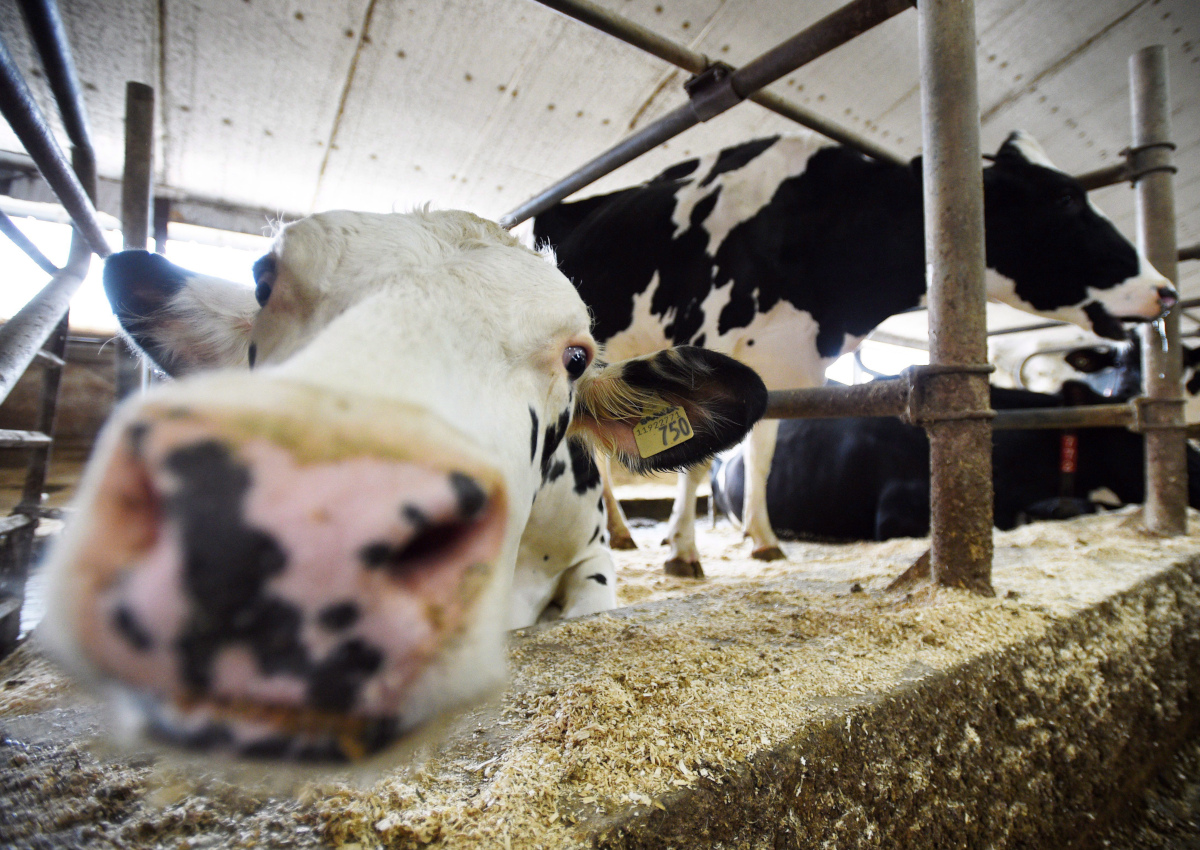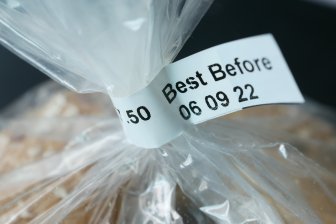If NAFTA negotiators double the amount of access American dairy farmers have to the Canadian market, thousands of dairy farms here will likely go under.

Both the lobby group advocating for Canadian dairy farmers and a food policy professor who advocates loosening the reins on the industry agree that if increasing American access to up to 10 per cent of the Canadian market is the bargaining chip needed to lock in a new NAFTA deal, there will be consequences.
But whether that cost might be worth it is another question entirely.
READ MORE: Could dairy market access be the ‘bargaining chip’ Canada needs to lock in new NAFTA deal?
“Such a concession to our domestic market would result in wiping out a third of Canadian dairy farms in Ontario or in Quebec,” said Jacques Lefebvre, CEO of the Dairy Farmers of Canada, in an email to Global News.
As of 2017, federal estimates place the number of dairy farms in Canada at 10,961.
A 2016 estimate put that number at 11,280.
WATCH BELOW: Saskatchewan dairy farmers caught in the middle of turbulent NAFTA talks

The bulk of those farms are currently based in Ontario and Quebec: 3,617 and 5,368 respectively.
The loss of a third of the farms in Ontario would amount to 1,193 while it would equate to roughly 1,771 in Quebec.
READ MORE: Dairy prices could drop if Canada loosened supply management terms
An estimate provided by Sylvain Charlebois, a professor with the Rowe School of Business at Dalhousie University who specializes in food distribution and food policy, was more conservative but still noted more than a thousand farms could be lost.
“If we’re looking at the 10 per cent threshold, that’s 1,100 dairy farms in Canada that would disappear overnight,” he said.
“If you allow an extra 10 per cent, that puts on way more pressure.”
WATCH BELOW: B.C. dairy farmers concerned about the potential impact of NAFTA talks

At issue is the question of just how much access dairy farmers from outside the country should have to Canada’s tightly-controlled domestic market and whether the increased competition that would come from increasing that access will have a negative financial effect on domestic farmers.
“These imported products displace Canadian products, so fewer Canadian dairy products are available for our Canadian consumers,” the Dairy Farmers of Canada said in a press release on Aug. 29 issued ahead of renewed NAFTA negotiations.
Current estimates suggest American dairy farmers now only have access to about five per cent of the market here.
The industry is worth $21 billion in total.
READ MORE: Canadian dairy farmers receive a $250-million boost by feds
U.S President Donald Trump has pushed for giving American dairy farmers access to about 10 per cent of the Canadian market.
That had been the plan under the Trans-Pacific Partnership, which he yanked the U.S. out of in 2016.
WATCH BELOW: Why did Trump turn Canada’s small dairy industry into big target?

Without the U.S., the modified Comprehensive and Progressive Trans-Pacific Partnership (CPTPP) offers access to just 3.25 per cent of the Canadian market to the 15 other member states to the agreement.
CETA, the free trade agreement between Canada and the European Union, offers access to three per cent of the Canadian market.
As a result, the federal government agreed to provide $250 million to Canadian farms through a newly created Dairy Farm Investment Program to help them adapt and become more competitive ahead of the increase in foreign imports expected from Europe.
READ MORE: Canadian dairy Saputo criticizes supply management system, siding with U.S. in ongoing dispute
Controls including supply management and steep tariffs on foreign imports keep control of the domestic market tightly in Canadian hands.
Charlebois said allowing greater market access to foreign imports might hurt but could also spur more innovation in the industry.
“Right now, the sector is anything but competitive,” he said. “I think it’s time.”
If any further subsidies are provided to Canadian dairy farmers in the event market access is opened up, Charlebois said it should come with clear strings attached to force the industry to become more competitive.
“Subsidies should be on the table with strings attached and those strings should be innovation and competitiveness.”
Prime Minister Justin Trudeau has repeatedly said he will defend the system of supply management during negotiations but has not specifically said the same about levels of market access, despite highlighting other sticking points — the inclusion of a dispute resolution mechanism and cultural exemption provisions — as things Canada will not sign a deal without.
Foreign Affairs Minister Chrystia Freeland remains in Washington to continue negotiations that resumed on Wednesday.
She is expected to speak with reporters late Thursday afternoon to provide an update on discussions.




Comments